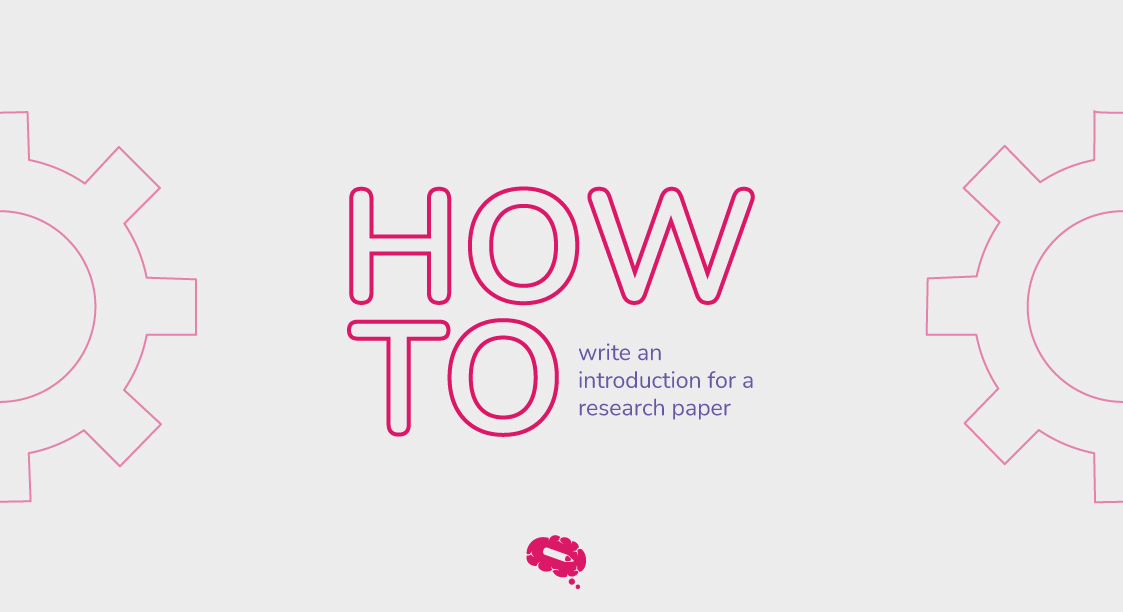In this article, the author used Mind the Graph to create an infographic that explains the Psychedelic-Assisted Psychotherapy (PAP) mapped onto the triple-axis psychiatric crisis.
The crisis in the world of psychiatry, with a focus on the pharmaceutical industry
Eduardo Schenberg (2018) studied psychedelic-assisted psychotherapy. Mental disorders are rising while the development of novel psychiatric medications is declining. Approval of new molecular entities for psychiatric conditions by the US Food and Drug Administration fell from 13 in 1996 to one in 2016.
Problems surrounding psychiatric diagnosis surfaced in 2010, when the UK Medical Research Council published a strategy for mental health. Radical innovation is psychedelic-assisted psychotherapy (PAP): professionally supervised use of ketamine, MDMA, psilocybin, LSD and ibogaine. PAP can reduce or even eliminate drug adherence problems and polypharmacy.
100 volunteers were included in the study.
Check the original article here.
Graphical Abstract powered by Mind the Graph

In this paper’s Graphical Abstract above we see Psychedelic-Assisted Psychotherapy (PAP) mapped onto the triple-axis psychiatric crisis.
The icon in the center represents the PAP model, located inside the triangle projecting the three axes of the current psychiatric crisis: therapeutics (BOTTOM), diagnosis (RIGHT), and explanation (LEFT).
The outermost black circle represents the main conceptual formulation for each axis in current psychiatric theory, i.e., brain dysfunctions diagnosed as discrete categorical disorders treated with specific drugs. The innermost white circle represents the concepts supported by PAP: mental injuries diagnosed as multidimensional spectra treated holistically.
The conclusions potentially challenge previous research on this subject: “PAP supports a multidimensional spectra. However, proposals such as the RDoC were criticized by its biomedical reductionism. Psychedelic research recognizes the concept of set and setting as crucial for the results obtained,” Schenberg said.
Papers Impact and Performance
We can analyze with Altmetric data that this paper had more views than 99% of all other Frontier articles. We also notice a higher performance in citations, this article had more citations than 96% of all Frontiers articles.
Feeling inspired? Start creating your own design right now!

Subscribe to our newsletter
Exclusive high quality content about effective visual
communication in science.





